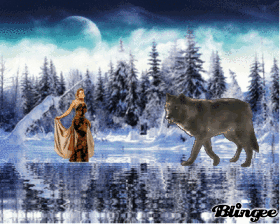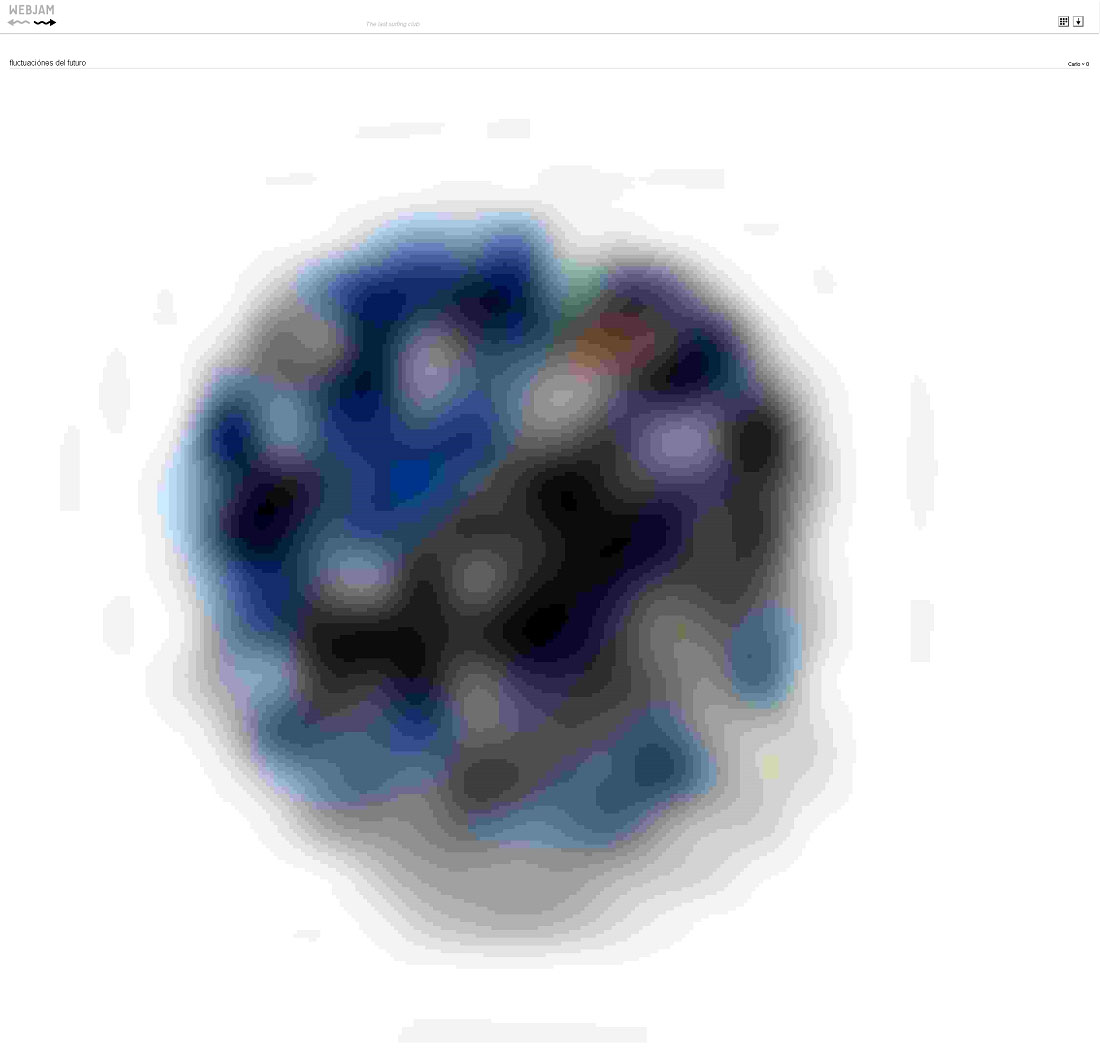
|
Lorna Mills and Sally McKay
Digital Media Tree this blog's archive OVVLvverk Lorna Mills: Artworks / Persona Volare / contact Sally McKay: GIFS / cv and contact |
View current page
...more recent posts
Adam Medley - The pleasure is back Launching Thursday, July 22, 7 - 9 p.m. at Art Metropole, 788 King Street West 2nd Floor, Toronto.


blingee by L.M.
In light of the experimental challenges already facing the science of consciousness, the problem of a collapse between subject and object in the experience of art is not necessarily a deal breaker in considering it as an experimental model for consciousness. Plus, art experience offers an empirical, material experience of contingent knowledge formulation as it plays out under infinitely variable conditions. Art deals with the framing problem in ways that are damn hard to replicate in a lab. Art canít be digitally parsed and controlled like a computer program, but at the same time it is not bound by the limits of computer models.
THREE YEARS OF BAT BOY

Carlo Lowfi on webjam

Sunday - The Isley Brothers
Summer Breeze (my guiltiest pleasure in the universe)
That Lady
It's Your Thing
Lay Lay Lady

blingee by L.M.
Could an artwork actually function as an empirical experiment to study consciousness? If so, the viewer would be simultaneously situated as both the subject of the experiment and the scientific observer. This might sound fishy from a scientific perspective, seeing as the scientific method is structured specifically in order to bracket subjectivity off from observation. But scientists who study consciousness are faced with the epistemological problem that consciousness can only be directly observed by the subject who is conscious.
Even if we set aside the problem of AI, the science of consciousness is particularly challenged in the pursuit of empirical evidence. Because we cannot directly experience anotherís conscious state, even neuroscientists using MRI are forced to rely on self-report, meaning that subjects tell the observers how they feel, and the observers then correlate that information with the imaging data they collect. And of course this only works for humans. Monkeys provide the most detailed imaging data on neurons and synapses because invasive experiments are done with them that aren't done with humans. But monkeys canít tell the scientists how they think or feel. So there is another order of correlation going on, which is that between less precise MRI imaging in humans and more precise imaging in monkeys. Much of what neuroscientists understand about the fine structures of the brain are based on inter-species extrapolations. To add to the complexity of the problem, even within species, as Gerald Edelman points out, ďno two brains are identical, even those of identical twins.Ē Gerald Edelman, Second Nature: Brain Science and Human Knowledge, 2006. pg.28